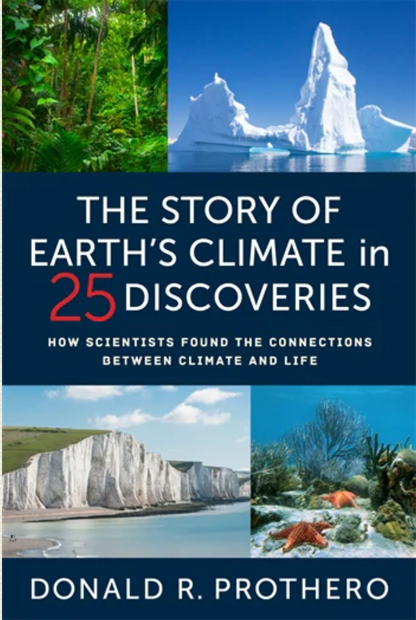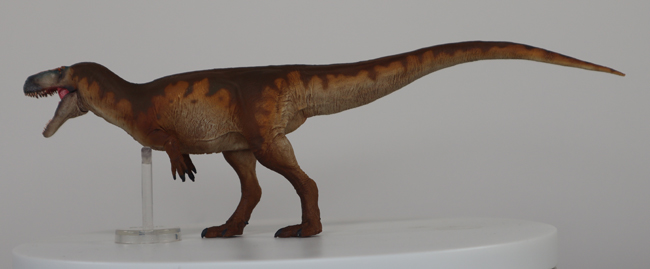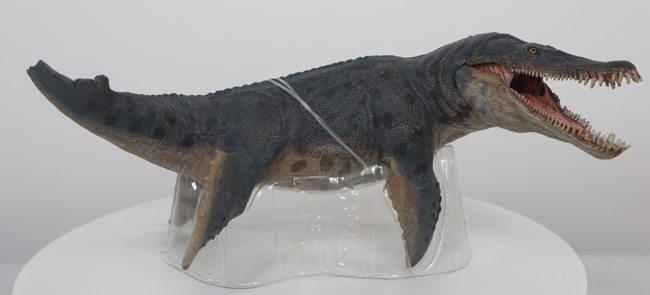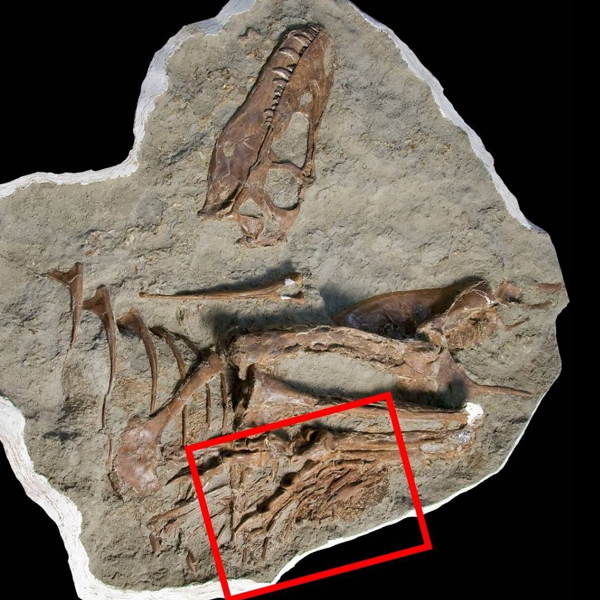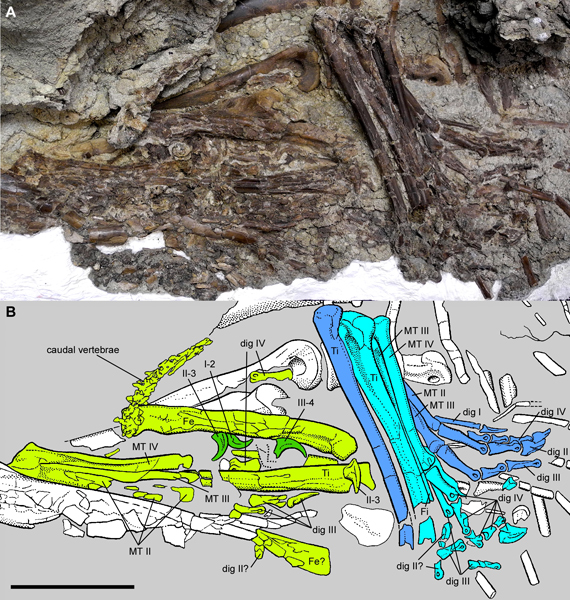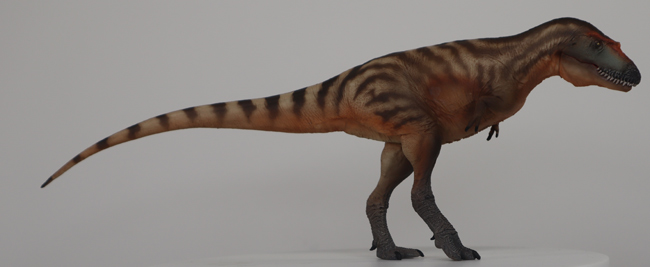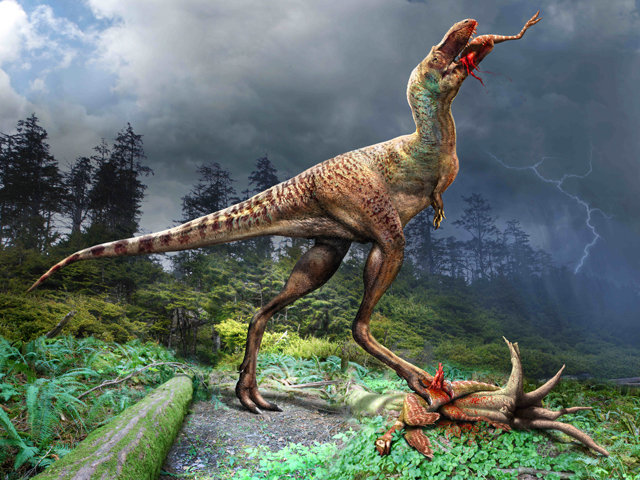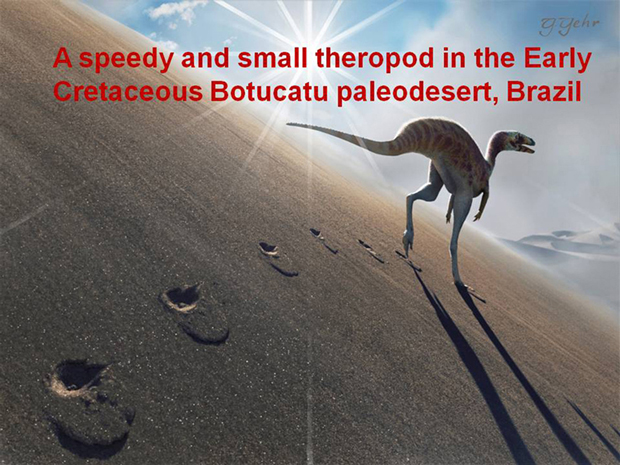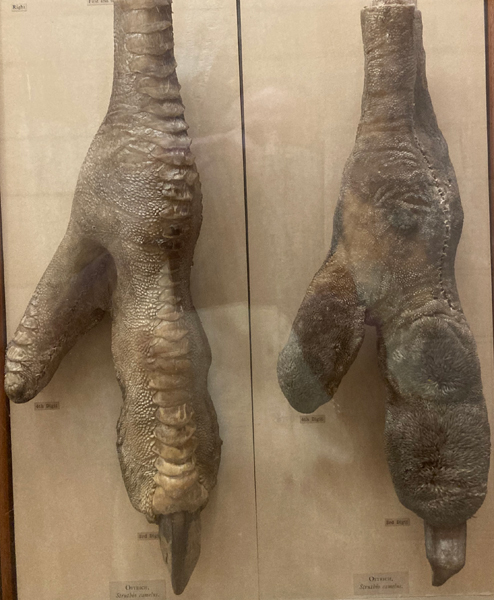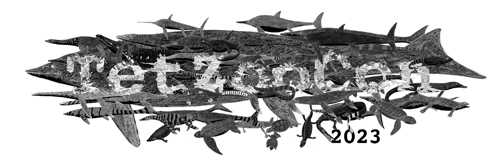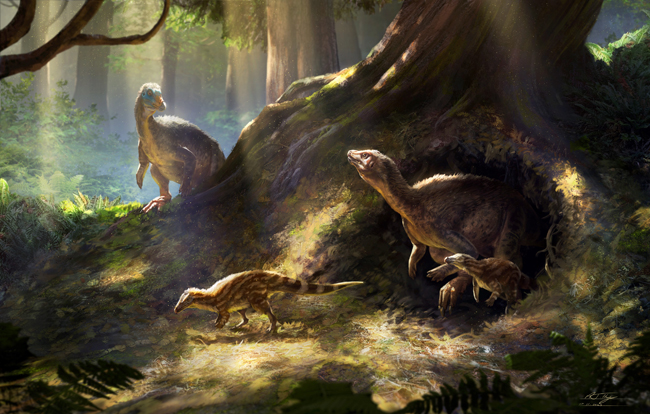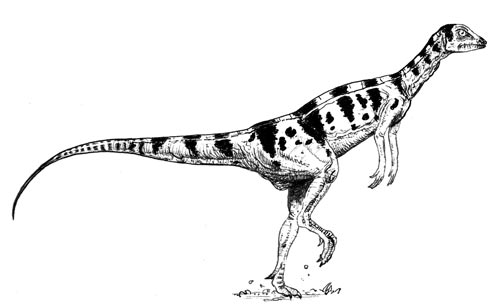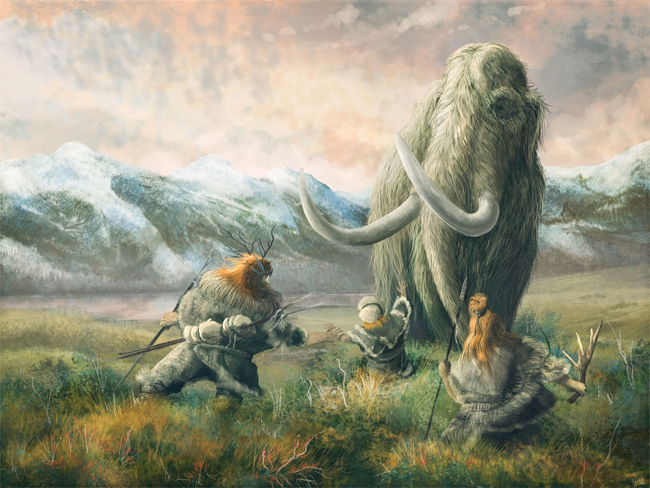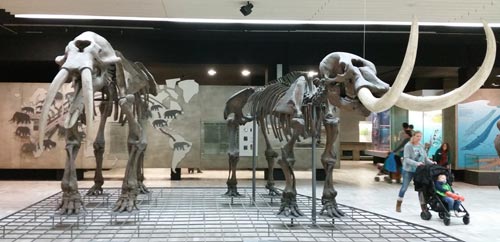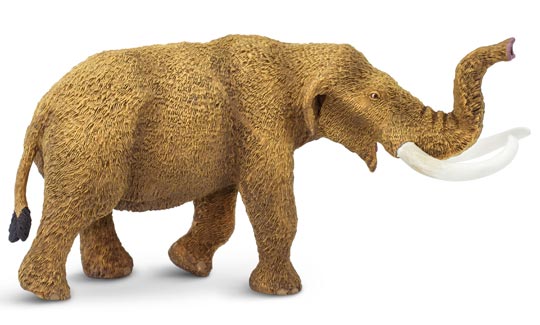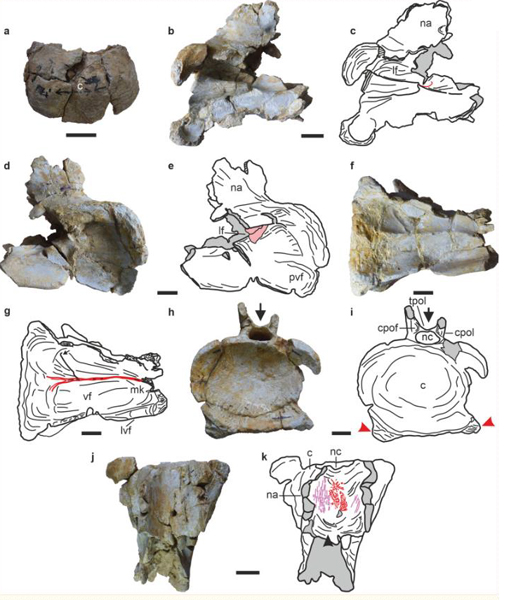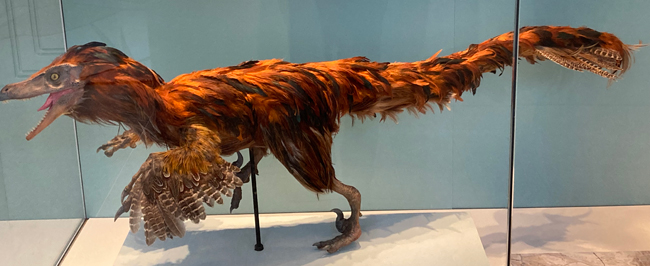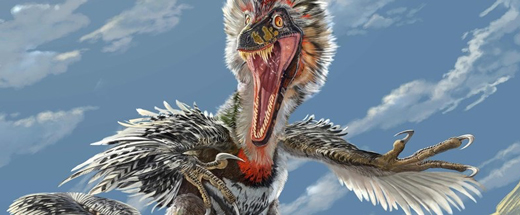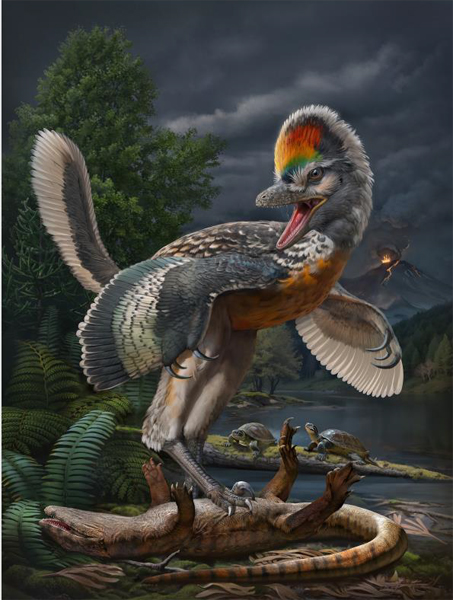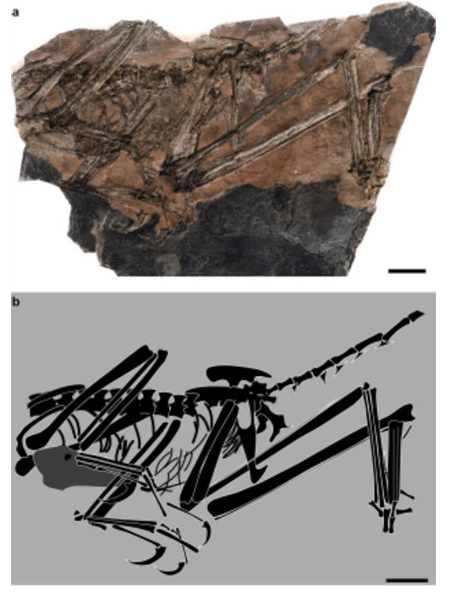Articles, features and information which have slightly more scientific content with an emphasis on palaeontology, such as updates on academic papers, published papers etc.
The Story of Earth’s Climate in 25 Discoveries
Delegates at COP28 continue their discussions on how to limit and make preparations for future climate change. These discussions, their success or failure will have consequences for all of humanity. Decisions made today will have implications for all future generations too. The publication of a new book that documents the history of our planet’s climate and its connection to life on Earth provides context and delivers a fresh perspective.
“The Story of Earth’s Climate in 25 Discoveries” is written by Donald R. Prothero. He is an incredibly talented American palaeontologist and geologist with a gift for communication. As adjunct professor of geological sciences at California State Polytechnic University (Pomona, California), the author is well qualified to explain the intimate connection between climate and life on Earth. However, unlike many scientists, Donald R. Prothero’s engaging writing style permits the general reader to understand and grasp sometimes difficult concepts.
Picture credit: Columbia University Press
Climate Change from a Deep Time Perspective
Our planet has undergone radical climate change throughout its history. Climate has changed dramatically from a “Snowball Earth” that led to a mass extinction event to sweltering jungles that stretched across the globe. Over deep geological time, climate has shaped the evolution of life on our planet. Furthermore, living organisms have shaped the Earth’s climate. We are not the first inhabitants to dramatically influence our planet’s climate. This new book documents these changes. It highlights how our climate has never changed so radically as it is changing now.
“The Story of Earth’s Climate in 25 Discoveries”
“The Story of Earth’s Climate in 25 Discoveries” takes the reader on a journey through Earth’s history. In this highly entertaining book, the author addresses questions such as Why do we have phytoplankton to thank for the air we breathe? What kind of climate was necessary for the rise of the dinosaurs, or the mammals, their successors? When and how have climatic changes caused mass extinctions?
Team members at Everything Dinosaur have enjoyed reading other books written by Donald R. Prothero. For example, we reviewed “The Story of the Dinosaurs in 25 Discoveries”.
Our review can be found here: A Review of “The Story of the Dinosaurs in 25 Discoveries.”
Today’s Climate Crisis
The author concludes this most informative publication with an examination of the Ice Ages and the Holocene Epoch. Our role in climate change is outlined and the perils we now face are explained.
Understanding why the climate has changed in the past, this timely book shows, is essential to grasping the gravity of how radically human activity is altering the climate today.
The Book Details
The Book: “The Story of Earth’s Climate in 25 Discoveries”
Publisher: Columbia University Press
Published February 2024 | Price: £32.00/$38.00 USD (hardback) | Pages: 472
ISBN: 9780231203586
Visit the website of Columbia University Press: Columbia University Press. Search on the website for the author or title to find the book.


